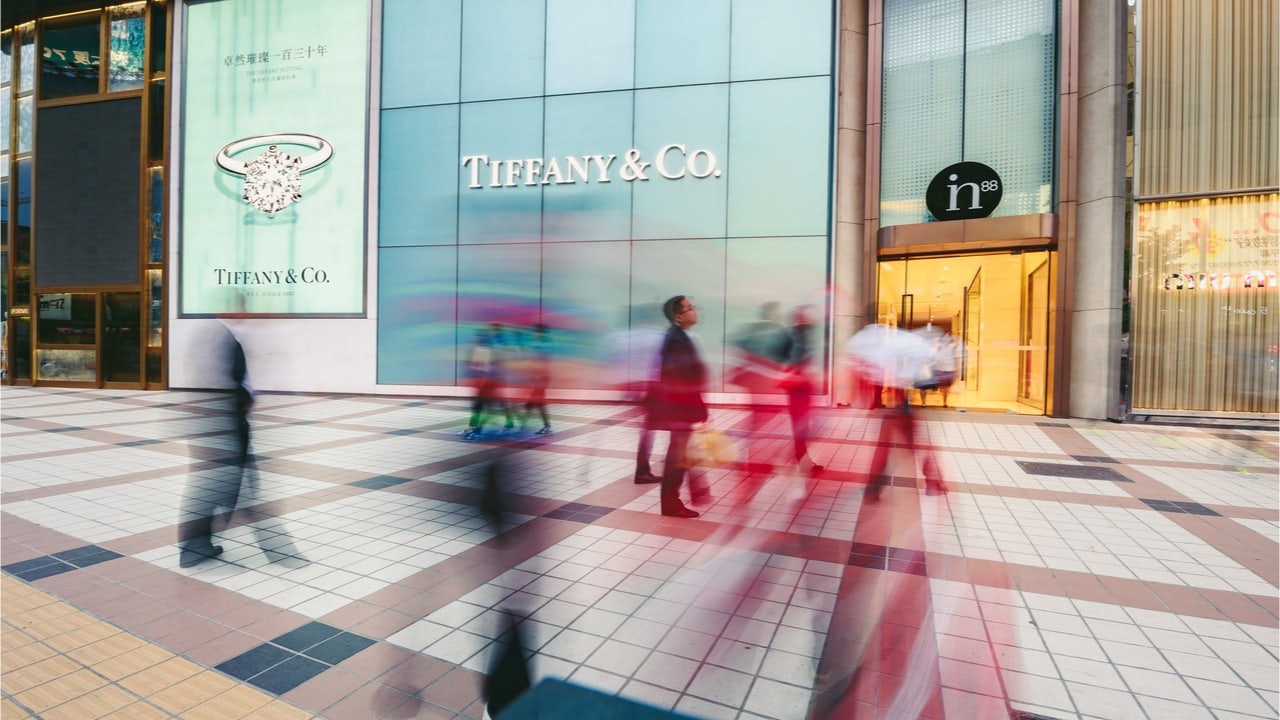This week, Tiffany & Co. released its quarterly earnings, and similar to what we’ve recently seen in earnings reportsfrom luxury groups such as Richemont and Swatch Group AG, it’s become clear that the ongoing U.S.-China trade war and Hong Kong unrest is impacting the bottom line for luxury brands across the board.
Tiffany, which heavily markets its New York roots to Chinese tourist-shoppers and has seen this demographic become a reliable fixture at its New York flagship, is seeing a real impact from declining Chinese tourism to the U.S. According to Reuters, “a strong dollar and a stricter U.S. visa approval process have contributed to a near 3 percent drop in Chinese citizens arriving in the United States this year, pressuring American retailers that are reliant on the high-spending tourists.”
Hong Kong, too, has been a weak spot in the most recent quarter, with protests causing six days of unplanned Tiffany & Co. store closures there this summer. With 10 stores in Hong Kong alone, the city is a key market for Tiffany, where it attracts locals and visitors alike. If disruptions continue or worsen in the quarter ahead, Tiffany’s full-year earnings are expected to end up at the lower end of forecasts.
To shore itself up against the twin threats of fewer Chinese tourists at its U.S. stores and Hong Kong uncertainty, Tiffany is putting an additional focus (and investment) into the mainland China market. As Chief Executive Alessandro Bogliolo put it, “There is little we can do on tourist slows around the world so our way to react to this is to continue to be more active locally, domestically in China where customers are.”
To that end, Tiffany is working on renovating its Shanghai flagship and opening its new Hong Kong flagship in September — perhaps not the kind of timing they were hoping for when construction began. Both flagships will also feature Tiffany Blue Box Cafes, in the hopes of attracting China’s afternoon-tea-and-selfie crowd. Tiffany also said this week that it plans to open and expand more airport stores throughout the Greater China region in coming months.
These plans are all well and good, but real question marks hang over the China market, and there are serious concerns over how the remainder of 2019 will play out. One question is whether we’ll see a rebound in outbound Chinese travelers, particularly in crucial markets like North America or in nearby markets like South Korea and Japan.
Chinese tourists continue to travel and shop, but brands have become dependent on that flow to keep coming, and if it slows — even by a few percentage points — it will become difficult to recoup some of their China-facing investments in terms of marketing, staff, and product mix.
Another question is what kind of impact the recent yuan devaluation will have on domestic shopping in mainland China. Tiffany & Co. seems confident that more focus and investment within the Chinese mainland will offset weaker spending by Chinese travelers elsewhere, but with looming economic uncertainty influencing spending, Tiffany may ultimately find that more local shoppers are visiting its new Shanghai flagship for the decaf than the diamonds.

